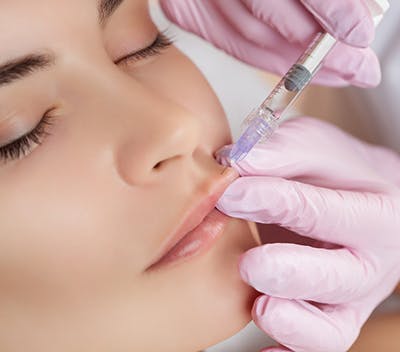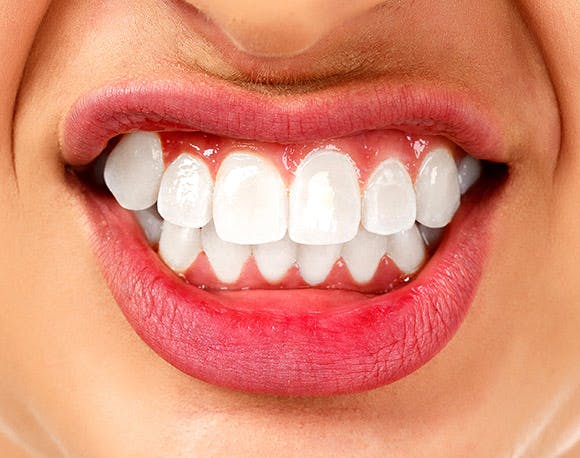Non-cosmetic use of neuromodulators like Botox can help with tension and migraine headaches, facial asymmetry, stop teeth grinding, and much more.
Acne Scarring Correction
If you have pockmarks or facial scarring left from acne breakouts of your teenage years, there are a range of laser resurfacing treatments available to improve your appearance. However, one of the least invasive alternatives is the use of injectables like BOTOX®, Dysport®, Daxxify®, Jeuveau®, and Xeomin®. Pockmarks may be caused by muscle movement in the face that stretches the scar and makes it more noticeable. This regimen works best with skin rejuvenation modalities like Morpheus.
By injecting a neuromodulator into the area in tiny increments where muscle contractions pull on the acne scar, the tension and stress on the scar reduces, making it less visible. This treatment has been shown to minimize both the bumpiness and the width of scars, and may be a great option in combination with other treatments to increase collagen production and diminish or eliminate the scarring.

















